
Digging In: National Conservation Tour Highlights South Dakota Farmers' Smart Practices
CTIC’s Conservation in Action Tour brought more than 150 ag leaders to South Dakota to see real-world conservation strategies improving soil, water, and farm profitability.
For the first time in its 17-year history, the Conservation Technology Information Center (CTIC) brought its Conservation in Action Tour to South Dakota. More than 150 participants from 27 states and Canada, including farmers, agronomists, educators, conservationists and ag professionals, gathered in Sioux Falls to learn from local farmers who are implementing practical conservation strategies.
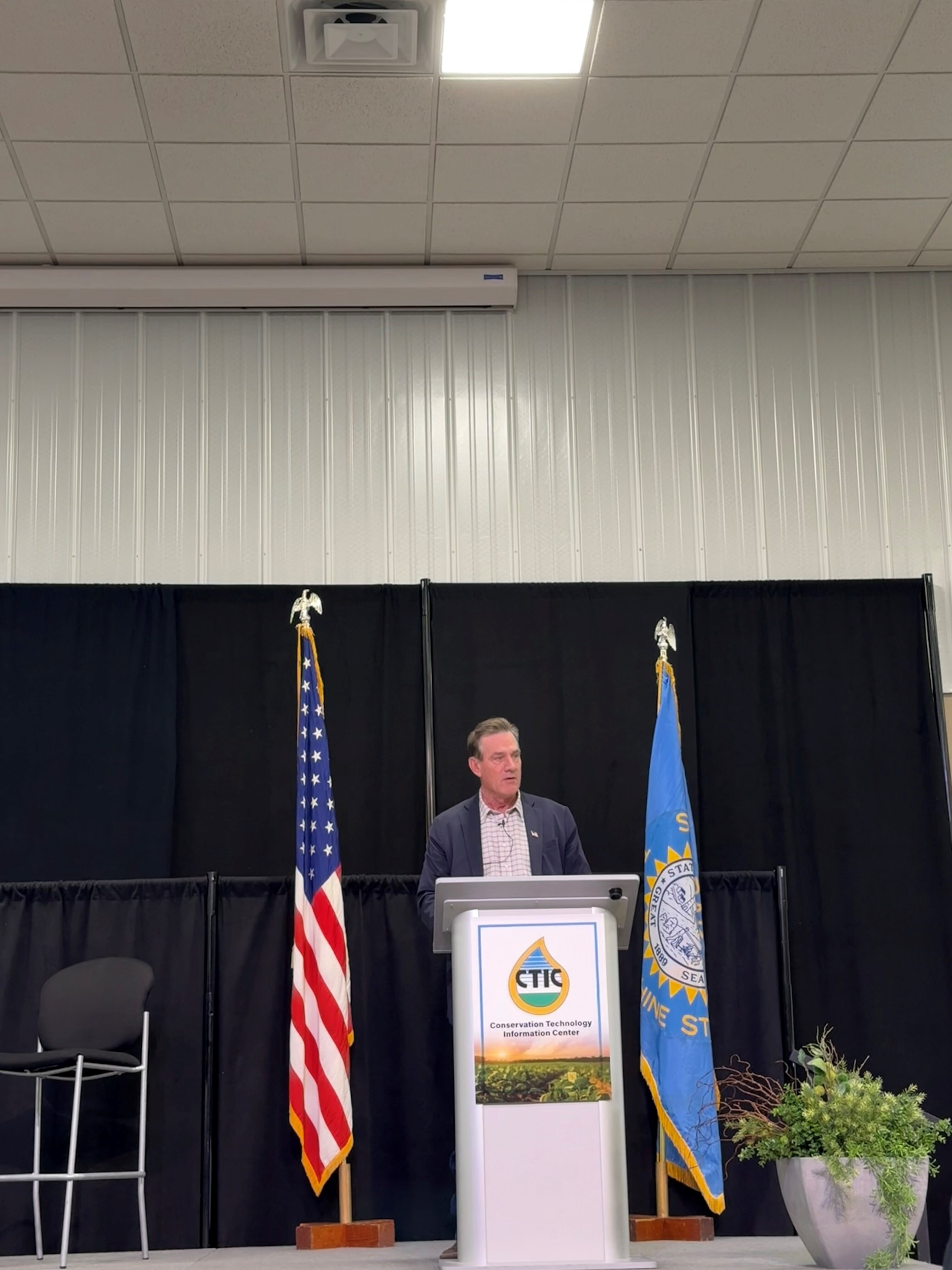
The two-day tour opened at POET’s headquarters and bioethanol plant in Chancellor, where guests saw how biofuels can fit into a circular, sustainable ag system. In the evening, the group heard from a retired Air Force colonel who shared insights on leadership and decision-making under pressure, drawing parallels to the challenges of farming.
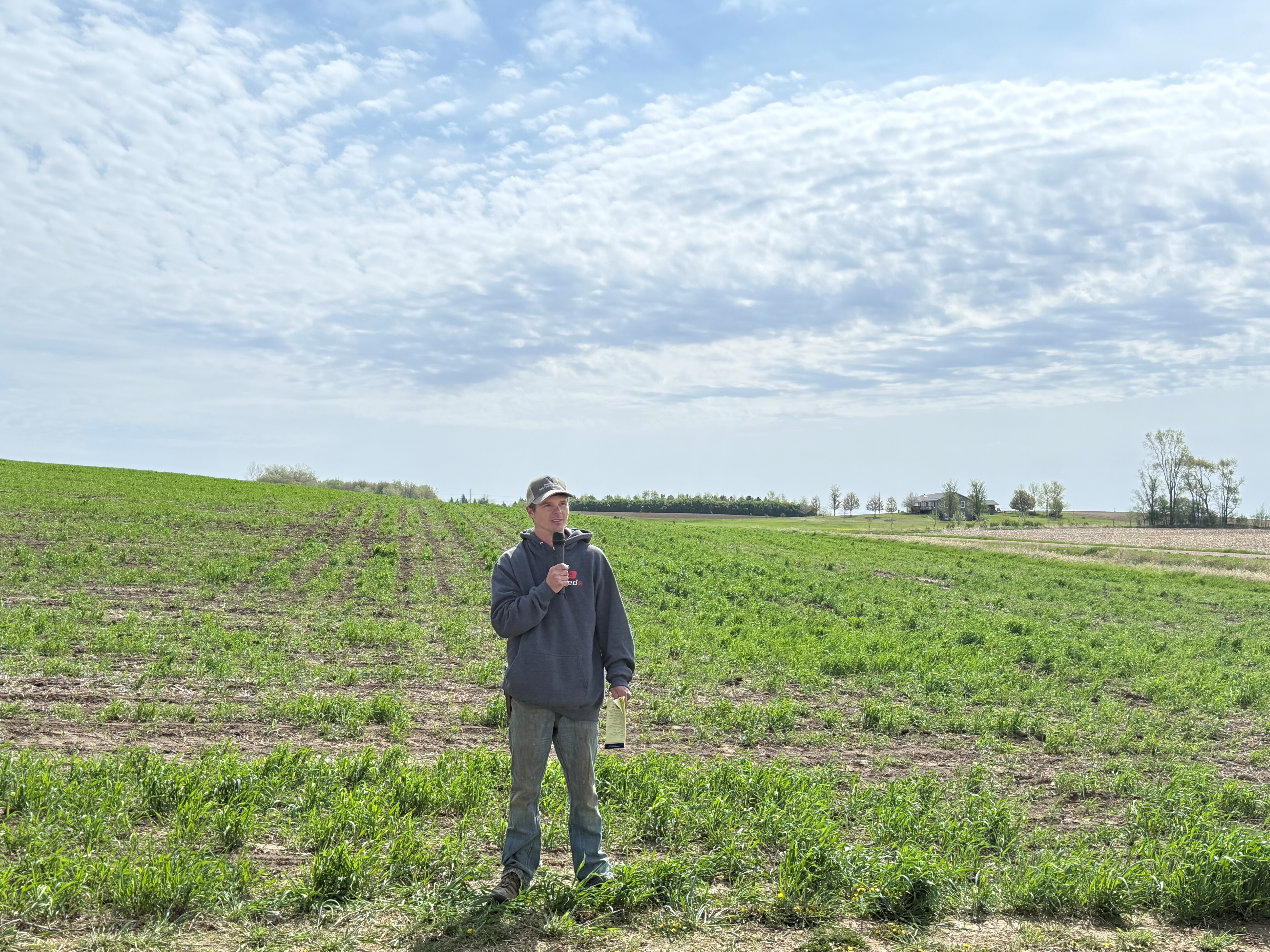
On the second day, the group traveled to several key conservation sites. At the EROS Data Center, participants viewed satellite imagery that tracks land use and environmental change. From there, the tour visited Ryan and Christina Larson’s farm near Garretson, where the couple has adopted practices like strip-till, cover crops and rotational grazing to build a more resilient system. Conservation programs such as EQIP played a role in helping them get started, and they’ve since seen improvements in soil structure and nutrient efficiency.
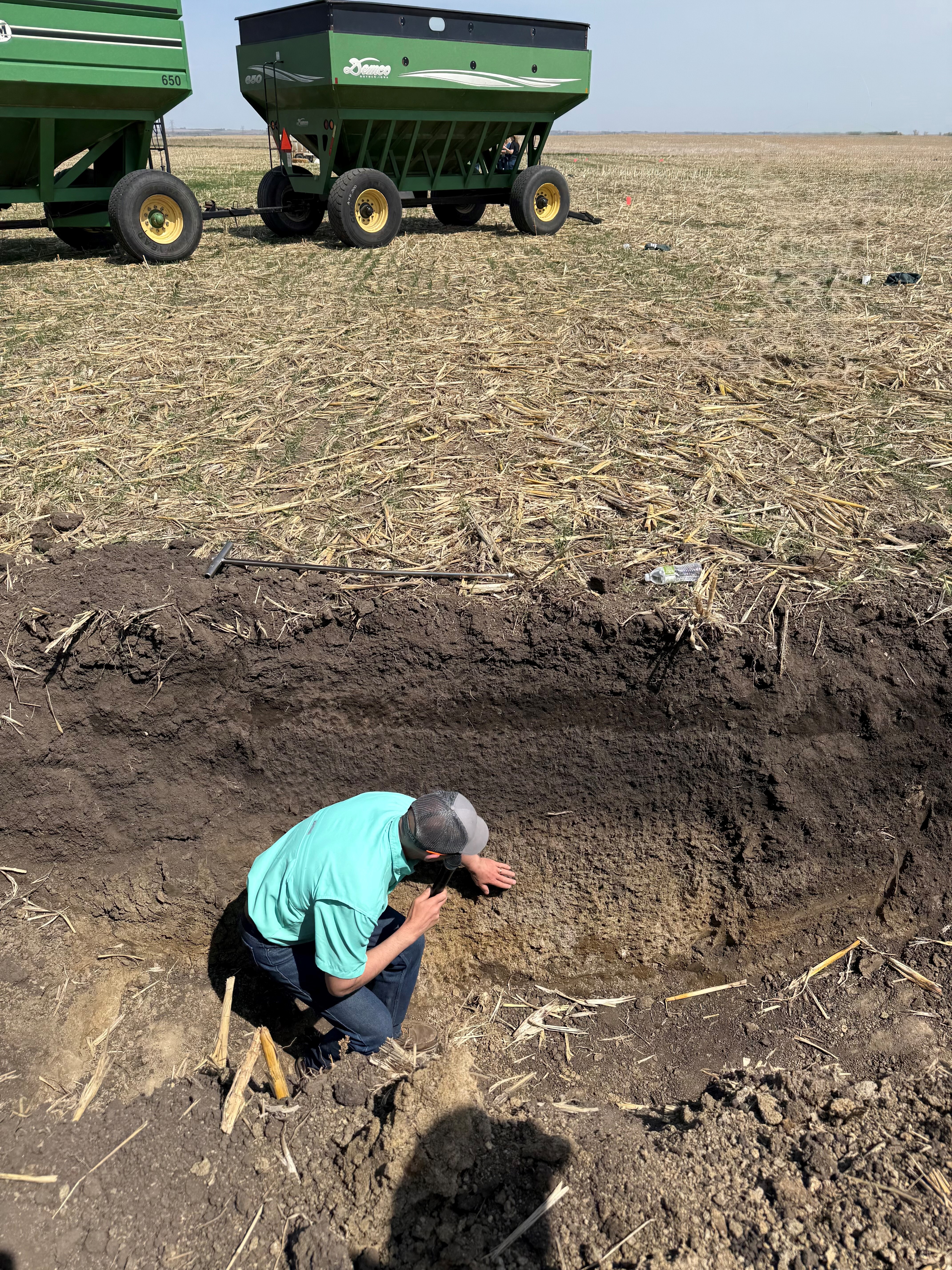
A stop at the Hefty Morten Center included lunch and presentations about voluntary conservation efforts in South Dakota. Attendees heard from state leaders and researchers who emphasized the importance of farmer-driven innovation. Long-term studies comparing tillage systems and nutrient management demonstrated that it’s possible to reduce inputs without sacrificing yield.
The final stop was the Kurt and Kathy Stiefvater farm near Salem. Their approach to no-till, cover crops and rotational grazing has evolved over the years into a system that benefits both their livestock and their soil. By keeping fields covered and rotating cattle through pastures and cropland, they are improving soil health, retaining moisture and building long-term productivity.
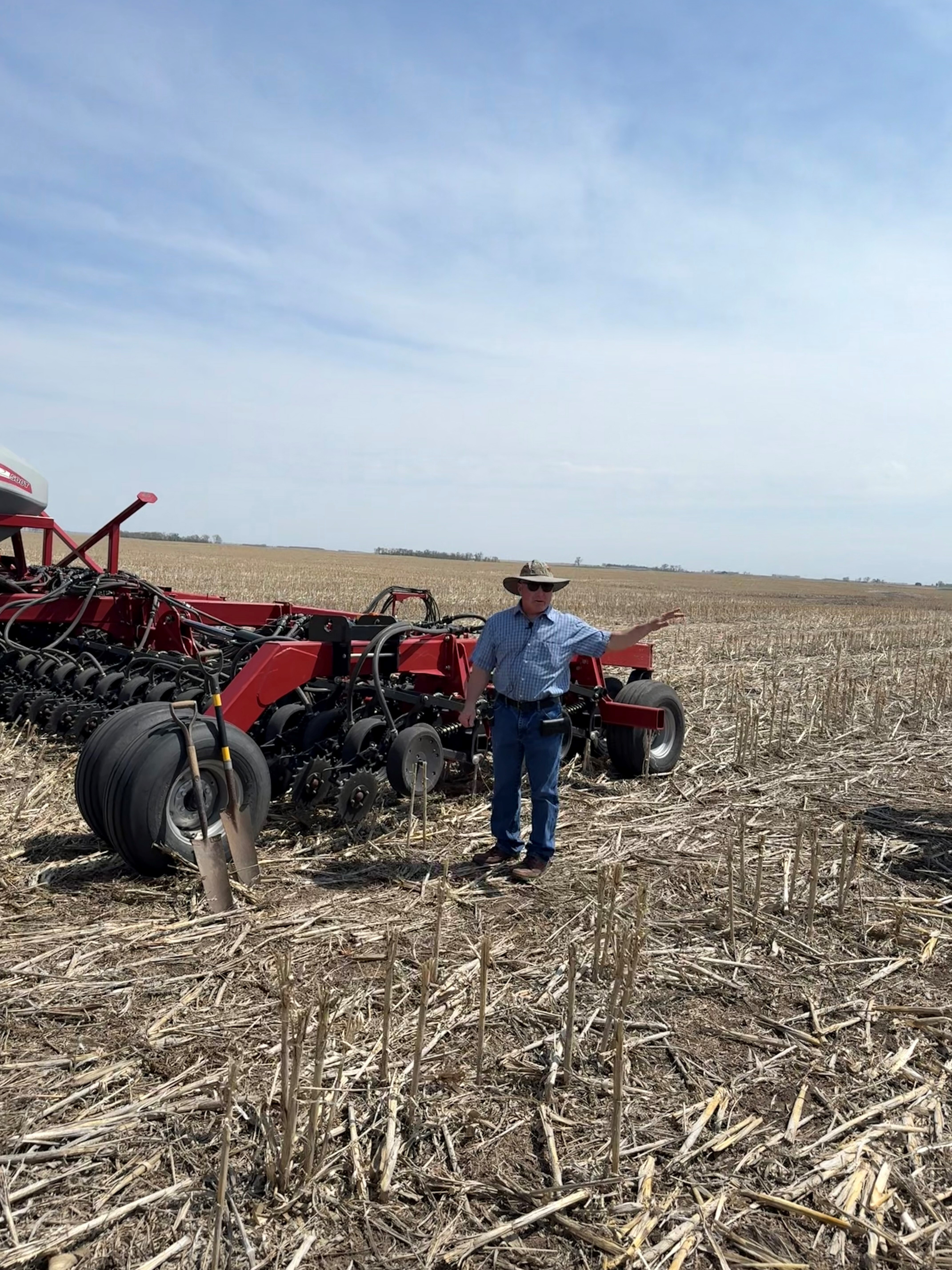
The tour ended with a discussion at Falls Park in Sioux Falls focused on partnerships that support water quality in the Big Sioux River watershed. Rural and urban groups are working together to find solutions that benefit everyone.
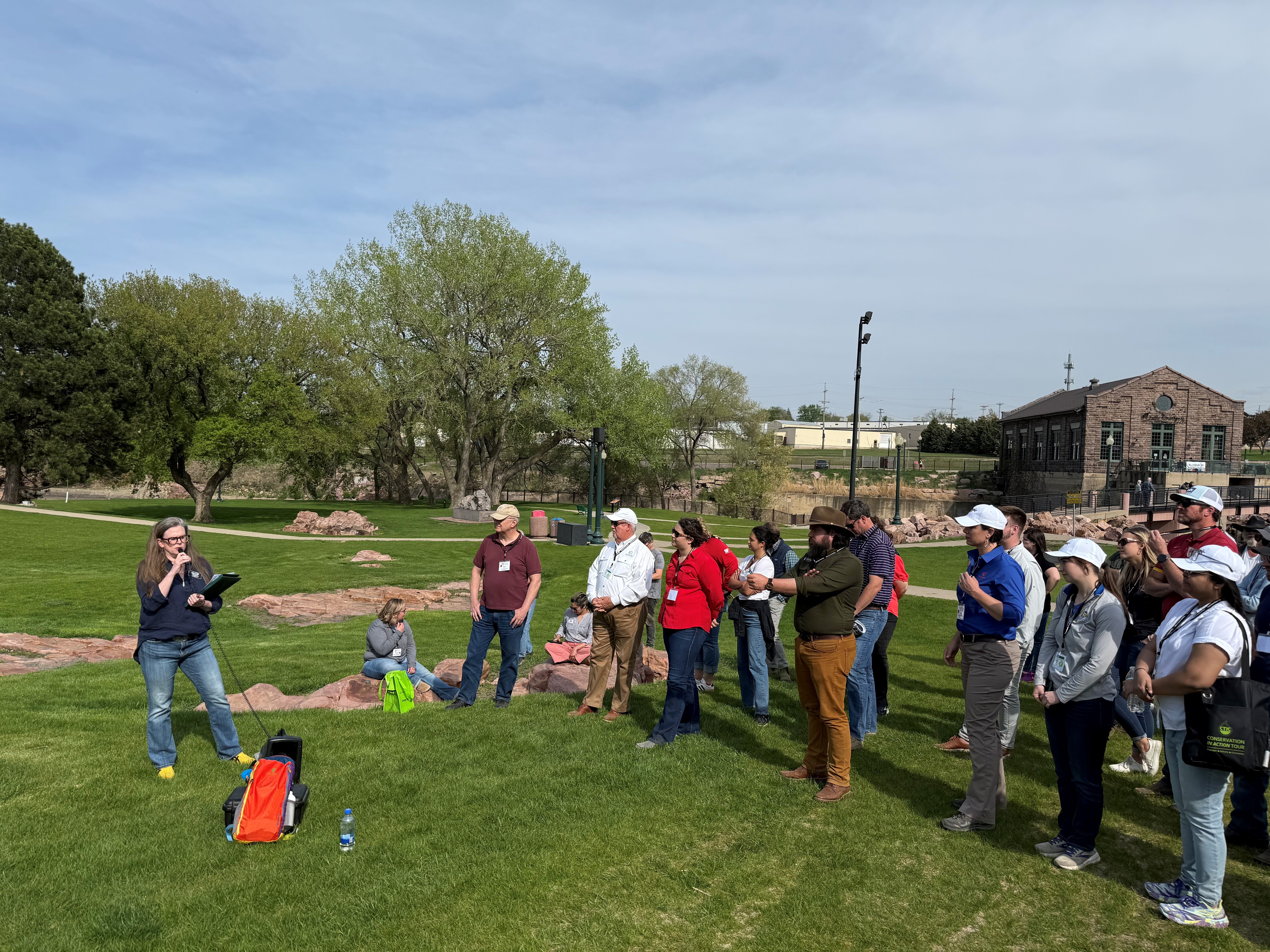
Throughout the tour, participants saw how South Dakota farmers are leading by example. Conservation in this state is about making smart, flexible choices that work for the operation while protecting natural resources for future generations.
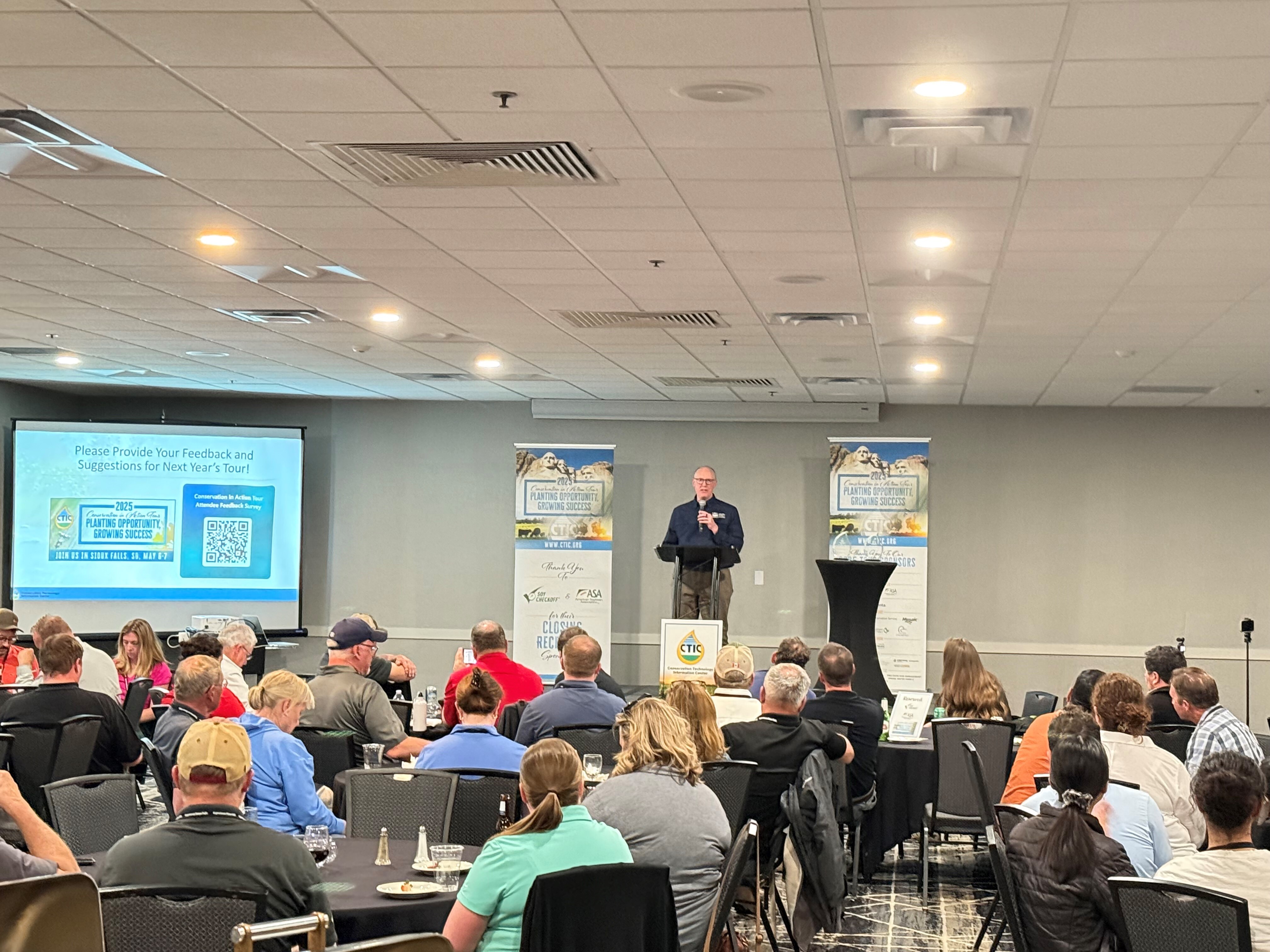
About CTIC:
The Conservation Technology Information Center is a national nonprofit that promotes conservation farming systems and sustainable agriculture. Its annual Conservation in Action Tour brings people together to learn from producers and each other. Learn more at ctic.org.